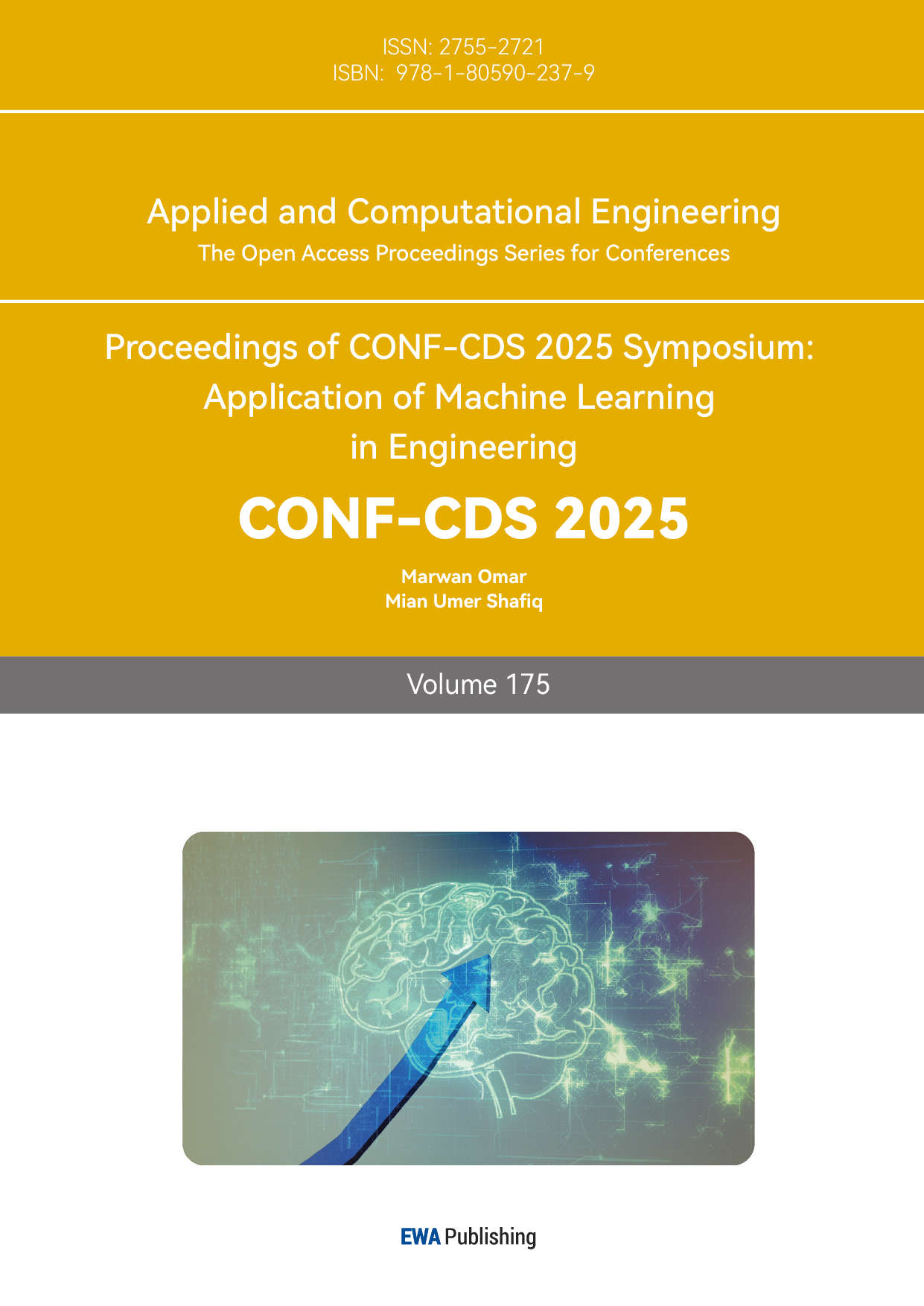References
[1]. Blemker, S. S., Asakawa, D. S., Gold, G. E., & Delp, S. L. (2007). Image-based musculoskeletal modeling: Applications, advances, and future opportunities. Journal of Magnetic Resonance Imaging, 25(2), 441–451.
[2]. Ronneberger, O., Fischer, P., & Brox, T. (2015). U-Net: Convolutional Networks for Biomedical Image Segmentation. Medical Image Computing and Computer-Assisted Intervention – MICCAI 2015, 9351, 234–241.
[3]. Çiçek, Ö., Abdulkadir et al. (2016). 3D U-Net: Learning Dense Volumetric Segmentation from Sparse Annotation. Medical Image Computing and Computer-Assisted Intervention ; 9901, 424–432.
[4]. Litjens, G., Kooi, T., Bejnordi, B. E., et al. (2017). A survey on deep learning in medical image analysis. Medical Image Analysis, 42, 60–88. https: //doi.org/10.1016/j.media.2017.07.005mRedmon, J., & Farhadi, A. (2018). YOLOv3: An Incremental Improvement. arXiv preprint arXiv: 1804.02767.
[5]. Wang, L., et al. (2019). 3D Segmentation of Ankle Bones From Weight-Bearing CT Images Using a Hierarchical CNN. IEEE Transactions on Medical Imaging, 38(6), 1337–1347. https: //doi.org/10.1109/TMI.2018.2889433
[6]. Gold, G. E., et al. (2007). Musculoskeletal MRI at 3.0 T: Relaxation times and image contrast. American Journal of Roentgenology, 188(2), 343–351. https: //doi.org/10.2214/AJR.06.0404
[7]. Chen, J., Lu, Y., Yu, Q., Luo, X., Adeli, E., Wang, Y., & Zhou, Y. (2021). TransUNet: Transformers Make Strong Encoders for Medical Image Segmentation. arXiv preprint arXiv: 2102.04306.
[8]. Ronneberger, O., Fischer, P., & Brox, T. (2015). U-Net: Convolutional Networks for Biomedical Image Segmentation. MICCAI 2015, pp. 234–241. https: //doi.org/10.1007/978-3-319-24574-4_28
[9]. Çiçek, Ö., Abdulkadir, A., Lienkamp, S. S., Brox, T., & Ronneberger, O. (2016). 3D U-Net: Learning Dense Volumetric Segmentation from Sparse Annotation. MICCAI 2016, pp. 424–432.
[10]. Milletari, F., Navab, N., & Ahmadi, S. A. (2016). V-Net: Fully Convolutional Neural Networks for Volumetric Medical Image Segmentation. Proceedings of 3DV, pp. 565–571. https: //doi.org/10.1109/3DV.2016.79
[11]. Wang, L., et al. (2019). 3D Segmentation of Ankle Bones from Weight-Bearing CT Images Using a Hierarchical CNN. IEEE Transactions on Medical Imaging, 38(6), 1337–1347. https: //doi.org/10.1109/TMI.2018.2889433
[12]. Oktay, O., Schlemper, J., Le Folgoc, L., et al. (2018). Attention U-Net: Learning Where to Look for the Pancreas. arXiv preprint arXiv: 1804.03999.
[13]. Chen, J., Lu, Y., Yu, Q., Luo, X., Adeli, E., Wang, Y., & Zhou, Y. (2021). TransUNet: Transformers Make Strong Encoders for Medical Image Segmentation. arXiv preprint arXiv: 2102.04306.
[14]. Zhou, Z., et al. (2018). UNet++: A Nested U-Net Architecture for Medical Image Segmentation. Deep Learning in Medical Image Analysis and Multimodal Learning for Clinical Decision Support, 3–11.
[15]. Li, X., Chen et al. (2020). H-DenseUNet: Hybrid Densely Connected UNet for Liver and Tumor Segmentation from CT Volumes. IEEE Transactions on Medical Imaging, 37(12), 2663–2674.
[16]. Huang, H., Lin, L., Tong, R., Hu, H., Zhang, Q., Iwamoto, Y., Han, X., & Wu, J. (2019). 3D U²-Net: A 3D Universal U-Net for Multi-domain Medical Image Segmentation. arXiv preprint arXiv: 1909.10371.
[17]. Osteoarthritis Initiative (OAI). (2022). OAI MRI Dataset: High-resolution 3D MR Images of the Musculoskeletal System (including ankle and lower limb scans) [Data set]. National Institutes of Health. https: //nda.nih.gov/oai/



